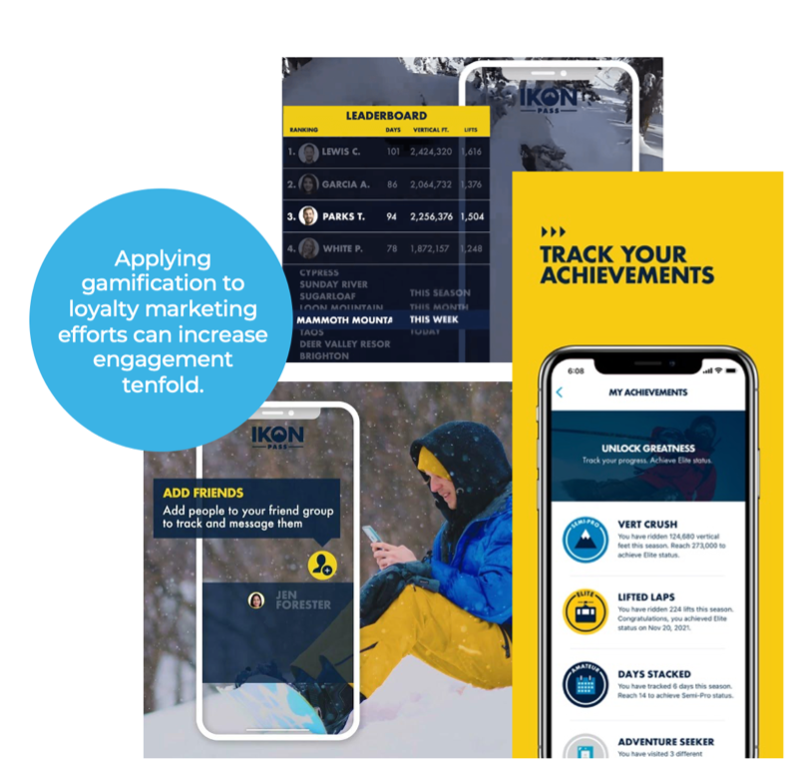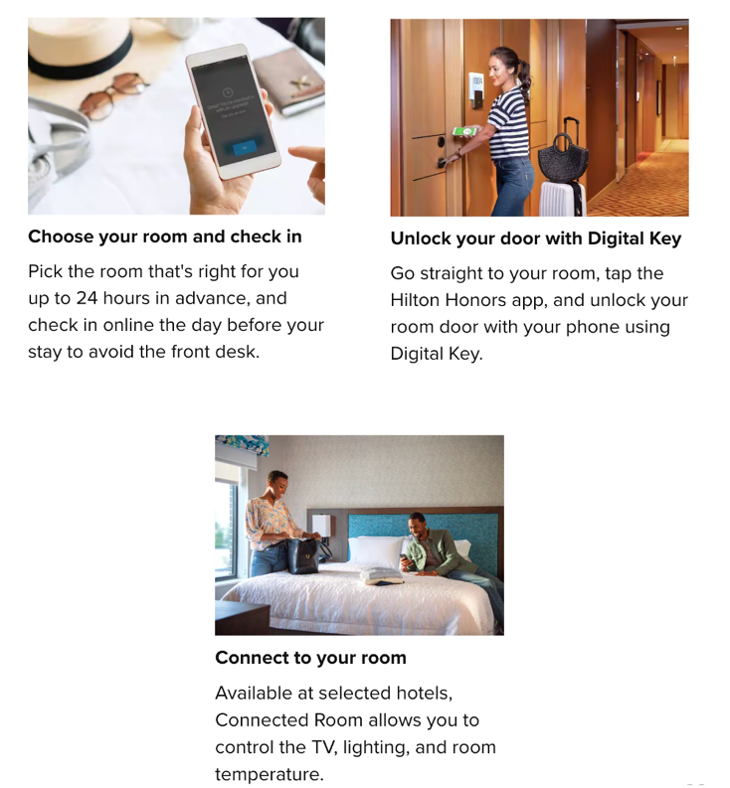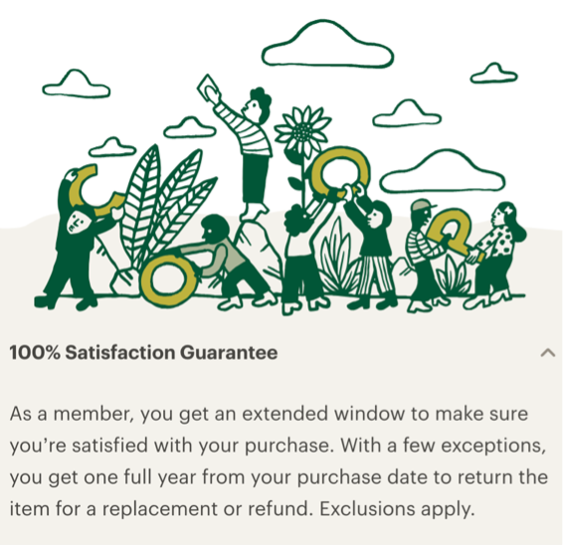We’re not even halfway through the 2020s, but already it’s been a decade of unprecedented change — change that has dramatically accelerated the evolution of consumer desires, preferences and behaviors. Think about it: do you still shop the way you did before the start of the pandemic? Do you still view your favorite brands the same way? Do you still hold the exact same values?
As people’s priorities naturally shift in response to so much evolution, brands will need to grow and pivot to keep their customers loyal.
Here’s an example: Recent data from Forrester tells us that “63% of US online adults regularly participate in most of the loyalty programs they join vs. 68% in 2021.” What does this downward trend mean for loyalty programs? It means that traditional constructs need an overhaul. It’s clear to us that the new key to success is in designing programs that deliver extremely relevant experiences. Because relevancy — the result of connecting the needs and desires of your customers with the offerings that your brand is uniquely positioned to provide — is the only currency that matters.
We’ll explore examples of brands that have tapped into core consumer needs and desires to create innovative loyalty and membership programs that appeal to specific audiences via curated experiential benefits. Our goal is to spark new ideas to help you innovate and improve — or even reimagine — your current loyalty program.
Community
86% of customers believe that a sense of community is essential for fostering loyalty with a brand.
Community, something we all crave, comes in a variety of shapes and sizes. Understanding what gives your customers a sense of belonging is the first step in creating experiences that deliver lasting connections — the power of which shouldn’t be understated.
Take a brand like Rapha, for example. They sell cycling clothing and accessories, and they know that cycling isn’t always a solo sport: many of their customers like to ride together and share their passion. So why not create a paid membership program designed to foster this sense of community?
Enter Rapha’s Cycling Club, which connects like-minded riders at the local level via brick-and-mortar clubhouses and globally through a members-only app. Members can meet up and talk with other enthusiasts in their city, go on unique riding trips and even purchase exclusive items. In this way, the company’s loyalty program provides a reason to stay connected with the brand well past the point of purchase.
Other brands, meanwhile, tap into community-building through friendly competition. Restaurant chain World of Beer knows its audience has a deep love of exploring beers of all kinds. To build a sense of community, they’ve created an app with challenges and leaderboards tied to this sense of exploration.

Similarly, Alterra Mountain Company — a hospitality and outdoor recreation brand with resorts across the U.S. and Canada — encourages travelers to purchase an Ikon Pass, which unlocks exclusive access to destinations and allows friends to share visit details and achievements via an integrated app experience.

Convenience
70% of customers would pay more if they knew the experience would be convenient.
Creating convenient experiences for your customers saves them time and effort and fosters stronger connections with your brand. To build a greater sense of relevancy with your customers, make an effort to understand how you can help make their lives easier.
Hilton has done a great job of this recently. It’s no secret that marketplace platforms like Airbnb and VRBO are more appealing to many travelers than traditional hotels; they’re known for providing difference-making levels of choice, customization and flexibility. In response, Hilton updated their Honors program to match many of these industry-disrupting conveniences. Via an app, members can select their own rooms, choose contactless check-in and check-out, open doors, control room temperatures and lighting and more.

Exclusivity
57% of consumers are more likely to participate in rewards programs that have exclusive rewards.
Sometimes exclusivity means premium, can’t-get-anywhere-else experiences. Other times, it might mean bragging rights. Understanding what your customers value — while at the same time assessing your brand’s unique set of assets or partnerships — can allow you to deliver what’s relevant and desirable.
Take a look at Lexus, for instance. Lexus knows its customers aren’t seeking the most affordable option — if that were the case, they wouldn’t have bought a Lexus. It’s safe to assume most probably aren’t interested in joining a points program that offers incremental discounts on goods.
Lexus owners want quality, luxury and exclusivity. That’s why the My Lexus program is designed to provide those things past the point of purchase through access to exclusive benefits at entertainment venues, hotels, luxury retailers and more. After all, a car is more than just a car — it’s a gateway to experiences.

Security
Offering product protection plans can further motivate a purchase by about 25%.
Providing peace of mind to your customers, in small or large ways, will give them the confidence to keep coming back. Understanding the sense of security that your customers seek can be transformed into a benefit of your program.
Best Buy presents a great model: the brand offers a tier of their My Best Buy membership program that provides protection, tech support, and repairs for $179/year.

Ditto for REI: their membership-based co-op model is well known and well-loved thanks in large part to members receiving 10% back annually on all eligible purposes. Ultimately, however, REI’s customers don’t just want discounts. Most are passionate about adventuring in the outdoors, and that means they need to know their gear will perform properly for them. Another perk of REI’s co-op is its 100% satisfaction guarantee, which gives members an extended return window, no strings attached.
The Takeaway
If there’s a unifying aspect to all these great programs, it’s the fact that they each reflect a genuinely deep understanding of the customers they’re designed to serve. And that, of course, is the most important lesson: creating relevancy always starts with a strong understanding of your customer’s needs and desires. Once you’ve got those insights, you’ll know…
- What kinds of community they want
- How they view and value convenience
- Where they seek exclusivity
- When a sense of security is important
- And so much more
From better understanding your customers to developing a strong loyalty strategy rooted in experience, we help brands connect with relevancy and create loyalists that keep coming back. Feel like it’s time to innovate and reimagine your program? Drop us a line. We’d love to chat.



